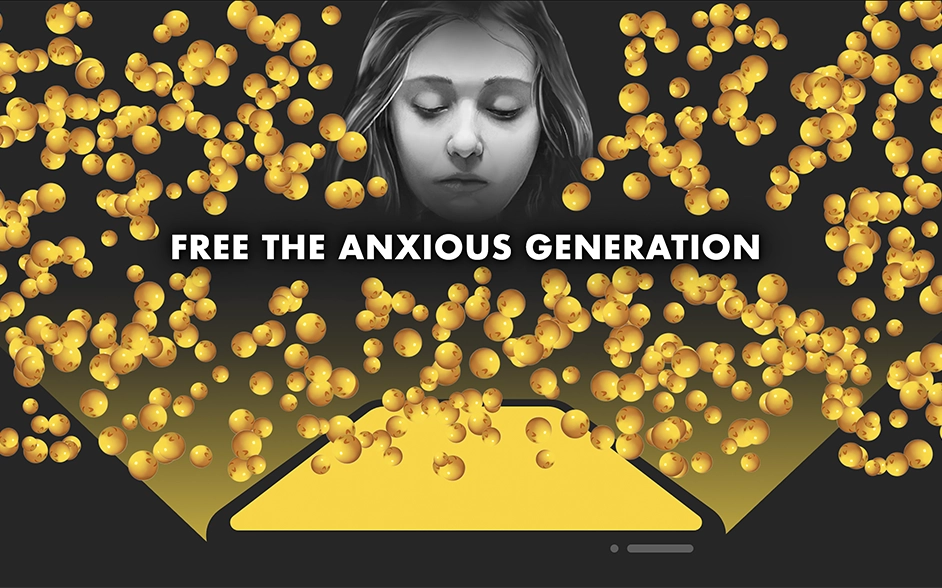- Mumbai, New Delhi, Bangalore
- (+91) 81518 30000
- WhatsApp Now
- contact@vedawellnessworld.com
In recent years, there has been a significant surge in mental health issues among adolescents, leading many to label today’s youth as “The Anxious Generation.” This phenomenon has sparked widespread concern among parents, educators, and mental health professionals across the world. Understanding the factors contributing to this rise is crucial for developing effective strategies to support our children’s well-being and the future generation of today.
Social psychologist Jonathan Haidt, in his book The Anxious Generation: How the Great Rewiring of Childhood Is Causing an Epidemic of Mental Illness, explores the shift from a play-based childhood to a phone-based one. He argues that the widespread adoption of smartphones and social media, coupled with overprotective parenting, has fundamentally altered children’s development and growth. Haidt emphasizes that children require play and independent exploration to mature into competent, confident and thriving adults. The decline of unsupervised play and the rise of digital engagement have deprived them of these critical experiences which are essential for them.
 The statistics surrounding adolescent mental health are alarming. According to the World Health Organization, one in seven 10-19-year-olds experiences a mental disorder, with depression, anxiety, and behavioral disorders among the leading causes of illness and disability in this age group.
The statistics surrounding adolescent mental health are alarming. According to the World Health Organization, one in seven 10-19-year-olds experiences a mental disorder, with depression, anxiety, and behavioral disorders among the leading causes of illness and disability in this age group.
Suicide is the third leading cause of death among those aged 15–29 years. In the United States, the Centers for Disease Control and Prevention reports that 10% of children aged 3-17 have been diagnosed with anxiety, highlighting the pervasive nature of this issue.
 Parents play a pivotal role in mitigating the effects of this “rewiring.” Here are some strategies to consider:
Parents play a pivotal role in mitigating the effects of this “rewiring.” Here are some strategies to consider:
Addressing the challenges faced by “The Anxious Generation” requires a collective effort from parents, educators, policymakers, and the community. By understanding the factors contributing to the rise in adolescent anxiety and implementing proactive strategies, we can support our youth in navigating the complexities of the modern world with resilience and confidence.
“The Anxious Generation” refers to the current young generation experiencing unprecedented levels of anxiety and other mental health issues, partly due to changes in childhood experiences and the rise of digital technology.
Childhood has shifted from being predominantly play-based, involving physical and social activities, to being more phone-based, with increased screen time and digital interactions.
Smartphones contribute to adolescent anxiety by facilitating constant social comparison, cyberbullying, sleep disruption, and reducing face-to-face social interactions.
Parents can help by encouraging unstructured play, setting screen time boundaries, promoting open communication, modelling healthy behaviours, and seeking professional support when necessary.
Yes, books like The Anxious Generation by Jonathan Haidt and reputable organizations such as the American Academy of Pediatrics offer valuable insights and guidance on this topic.
